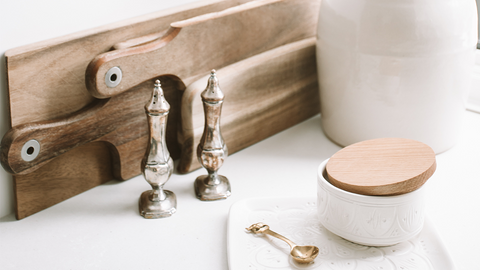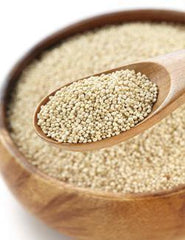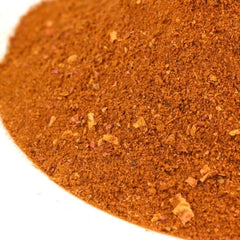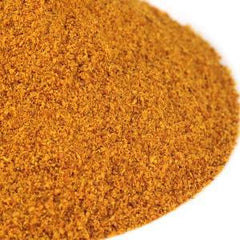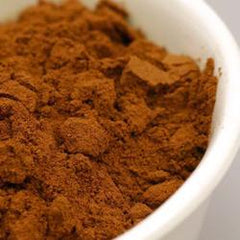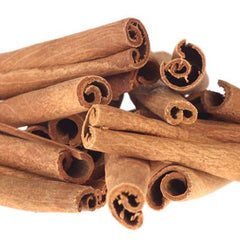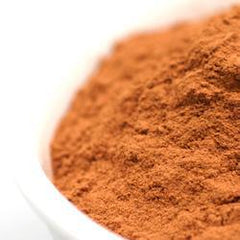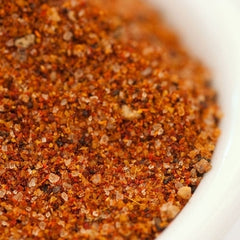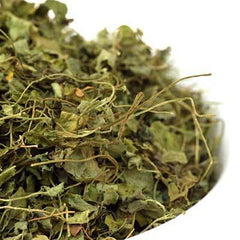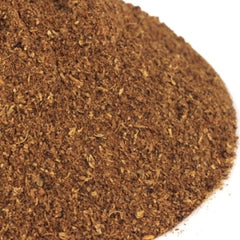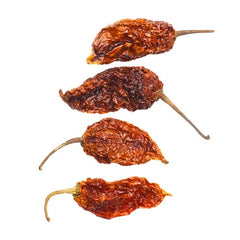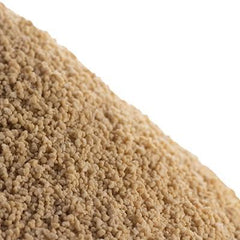Categories
- Cookware
- Bakeware
- Cutlery
- Coffee Machines and Accessories
- Smoked Cocktail and Food Tools
- Personal Care
- Wellness Mats
- Made In
- Kettles
- Greeting Cards
- Kikuichi Cutlery
- Marcato
- Smithey Ironware
- Cheese
- Funky Chunky
- Millican Pecan
- Porter Road
- Xocolatl Small Batch Chocolates
- Heritage Steel
- Middleton Made Knives
- Diabetic Kitchen
- Chocolates
- Water Filtration Systems
- Copper State Forge
- Preparation, Organization & Storage
- Butcher Block/Cutting Boards
- Textiles, Towels and Aprons
- Fruit & Vegetable Tools
- Food
- Artisanal Spice Shop
- Brining, Basting & Roasting
- Tongs
- Cleaning & Sanitizing
- Spatulas & Turners
- Smoked Food Tools
- Ceramic & Glass
- Cheese Brothers
- Asheville Tea Company
- Coffee
- Specialty Tools
- Wine & Bar Accessories
- Seafood Tools
- Chocolates
- Coffee Makers
- Coffee & Tea Accessories
- Ladles, Whisks & Spoons
- Bitters & Mixers
- Grilling
- Measuring Cups & Spoons
- Serving Tools
- Zesters & Graters
- Coasters & Magnets
- Openers, Funnels & Strainers
- Oil & Vinegar
- Scales
- Temperature & Time
- Salt and Pepper Mills, Storage & Shakers
- Kitchen Appliances
- Bowls
- Flavoring & Food Coloring
- Vitamix
- Egg & Butter Tools
- Chef Apparel
- Anti-Fatigue Mats
- Jura
- Leather Accessories
Featured posts
Amaranth (Ounce)
Amaranth is the common name for more than 60 different species of amaranthus, which are usually very tall plants with broad green leaves and impressively bright purple, red, or gold flowers. Three species — Amaranthus cruenus, Amaranthus hypochondriacus, and Amaranthus caudatus — are commonly grown for their edible seeds. In all fairness to whole grains everywhere, we need to “out” amaranth as a bit of an imposter. It isn’t a true cereal grain in the sense that oats, wheat, sorghum, and most other grains are. “True cereals” all stem from the Poaceae family of plants, while amaranth (among others) is often referred to as a pseudo-cereal, meaning it belongs to a different plant species. Amaranth is naturally gluten-free. Gluten is the major protein in many grains and is responsible for the elasticity in dough, allows for leavening, and contributes chewiness to baked products. But more and more people are finding they cannot comfortably – or even safely – eat products containing gluten, often due to Celiac disease, an autoimmune digestive disease that damages the body’s ability to absorb nutrients from food. This makes amaranth an important grain to consider. Cooking amaranth is very easy – measure grains and water, boil water, add grains, gently boil with the occasional stir for 15-20 minutes, then drain, rinse, and enjoy! Yes, it’s that simple. Cooked amaranth behaves a little differently than other whole grains. It never loses its crunch completely, but rather softens on the inside while maintaining enough outer integrity so that the grains seem to pop between your teeth. In fact, the sensation of chewing a spoonful of cooked amaranth grains has been compared to eating a spoonful of caviar (without the salty fishiness, of course). Culinary experts have not reported any success when trying to prepare amaranth for a pilaf, but the cooked grains can be spread on a plate or other flat surface to dry a bit, then sprinkled on salads, added to cookie batters, or stirred into soups. There’s only one real rule to follow when cooking up a batch of plain amaranth – don’t skimp on the water! We suggest at least 6 cups of water for every one cup of amaranth, not because the little grains will absorb that much liquid, but because of what happens to the water that’s left. To say “your cooking liquid will thicken slightly” is putting it delicately. Our experiments with the average amount of liquid (about 2 cups) left us with about two inches of excess water that was goopy and viscous, in part due to starch being released by amaranth as it cooks. The grains hadn’t gone bad or anything, and they were fine after a brief rinse in a fine-mesh strainer, but it was a bit of a surprise.

